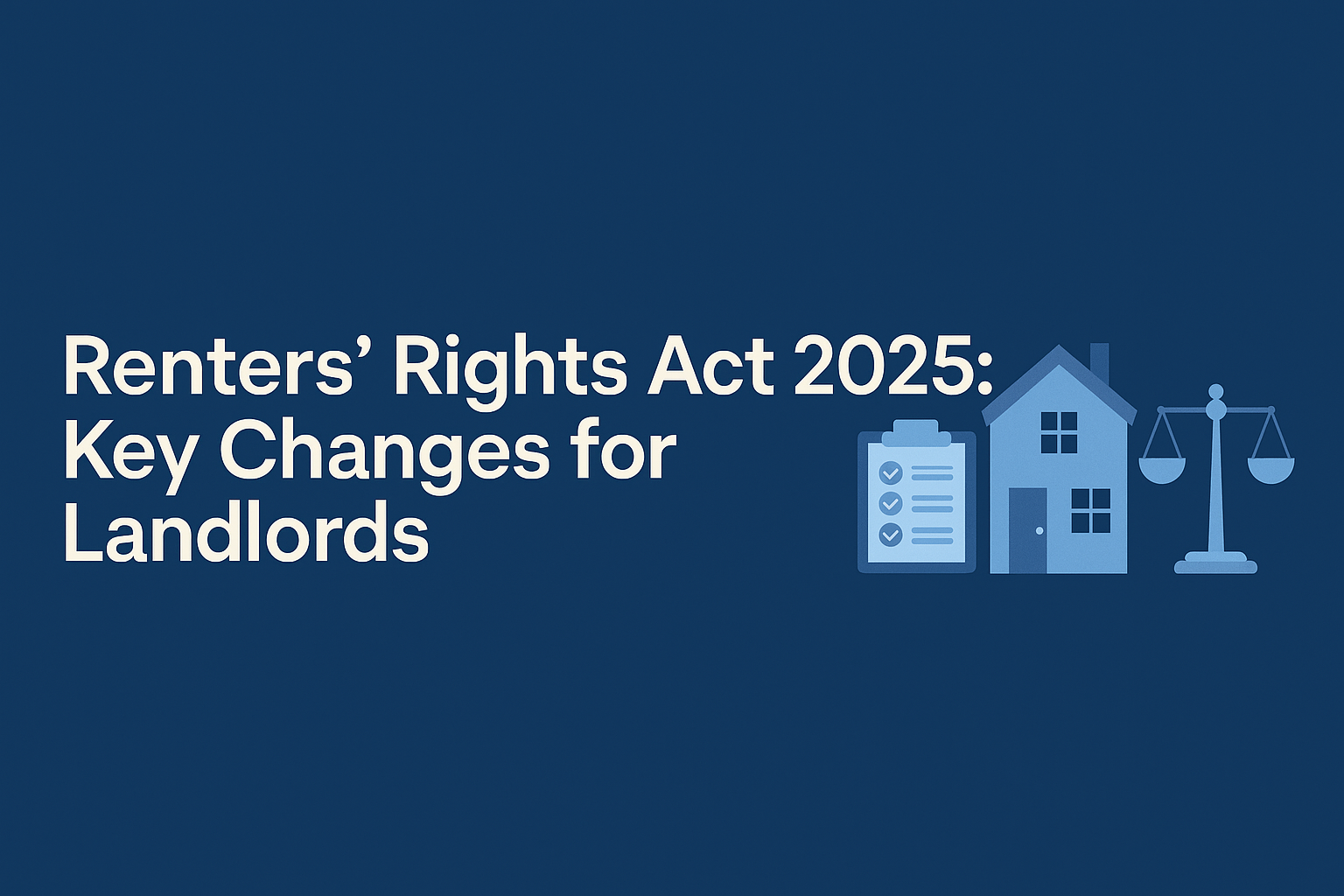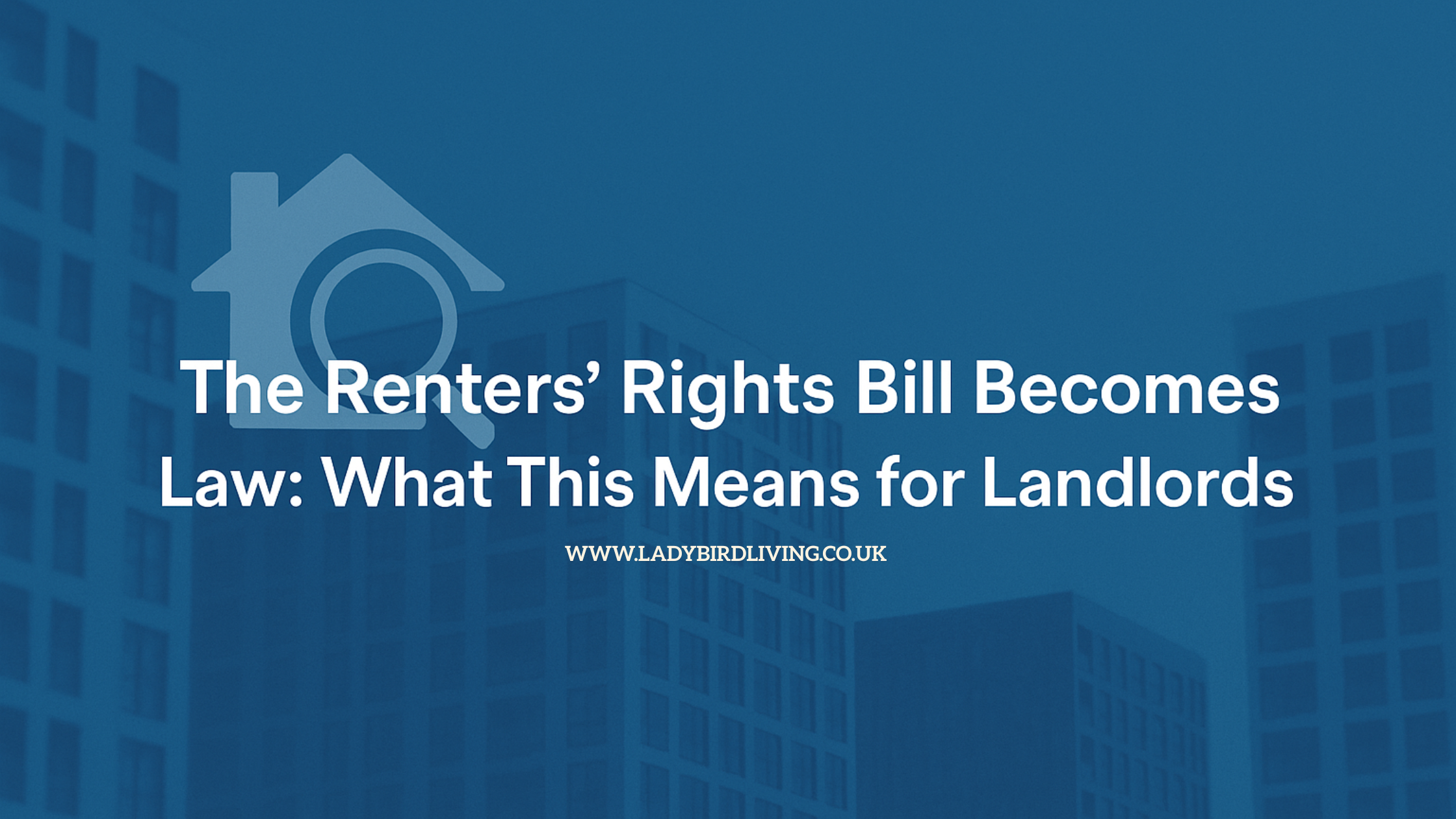What Exactly Is a Catchment Area?
A school catchment area is a defined zone around a state school where families are given priority for a place. The idea is simple: children should be educated close to home. It helps communities stay connected and ensures local resources are shared fairly.
That said, living in a catchment area doesn’t guarantee your child a spot. But it does improve your chances, especially for schools rated ‘Good’ or ‘Outstanding’ by Ofsted. Unsurprisingly, homes in these postcodes tend to be some of the most in-demand across the city.
How Are Catchment Areas Decided?
There’s no one-size-fits-all rule; every London borough does things a little differently. You’ll need to look at both your local council’s admissions policy and the school’s own website for the finer details.
Catchment areas can also shift from year to year. New housing, a school expansion, or local population changes can all redraw the boundaries. Generally, schools use one (or a mix) of these four methods:
Straight Line Catchment – A simple radius drawn from the school gate, measuring the direct distance to nearby homes.
Walking Distance Catchment – Based on the shortest safe walking route to school.
Priority Admission Area – A fixed boundary agreed by the school and local authority.
Nearest School Catchment – Used in areas with lots of schools, dividing neighbourhoods into smaller zones.
Does Living Nearby Mean a Guaranteed Place?
Sadly, no. Being in the catchment area is just one piece of the admissions puzzle. Schools also look at other factors, such as:
Whether your child has siblings already at the school
If they’ve attended a feeder school
Religious background (for faith schools)
Academic ability (for grammar schools)
Any special educational or social needs
Only after these priorities are met will remaining places go to families from outside the catchment. Some schools also require you to have lived in the area for a certain amount of time, so it’s worth keeping that in mind if you’re planning a move.
Final Thoughts: Planning Ahead Pays Off
Living in a strong school catchment area can make all the difference when it comes to securing a place — and it often makes for a solid long-term property investment too.
If you’re thinking about moving, take time to research the schools and check the latest admissions criteria. Catchment areas can change quickly, so it’s always worth double-checking before making a decision.
At Ladybird Living, we know that choosing the right home is about more than bricks and mortar — it’s about finding a community where your family can thrive. Whether you’re searching for your next home near a standout school or just curious about how catchment areas affect property prices, we’re here to help you make an informed move.







